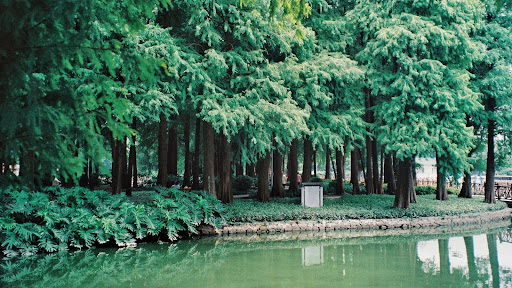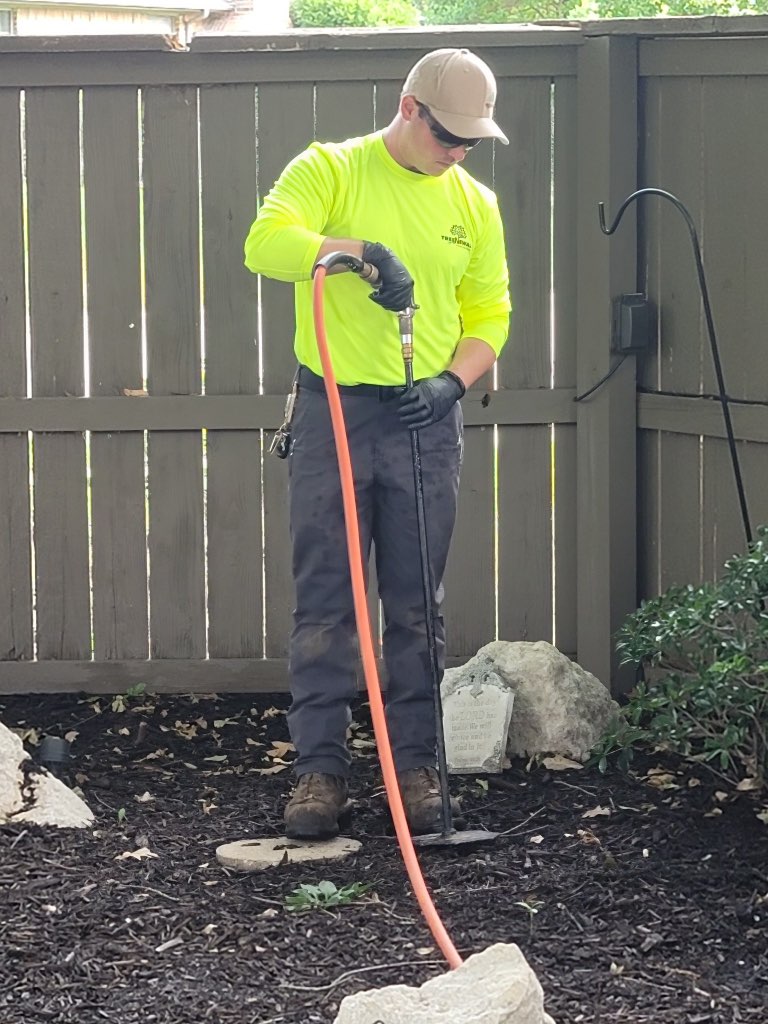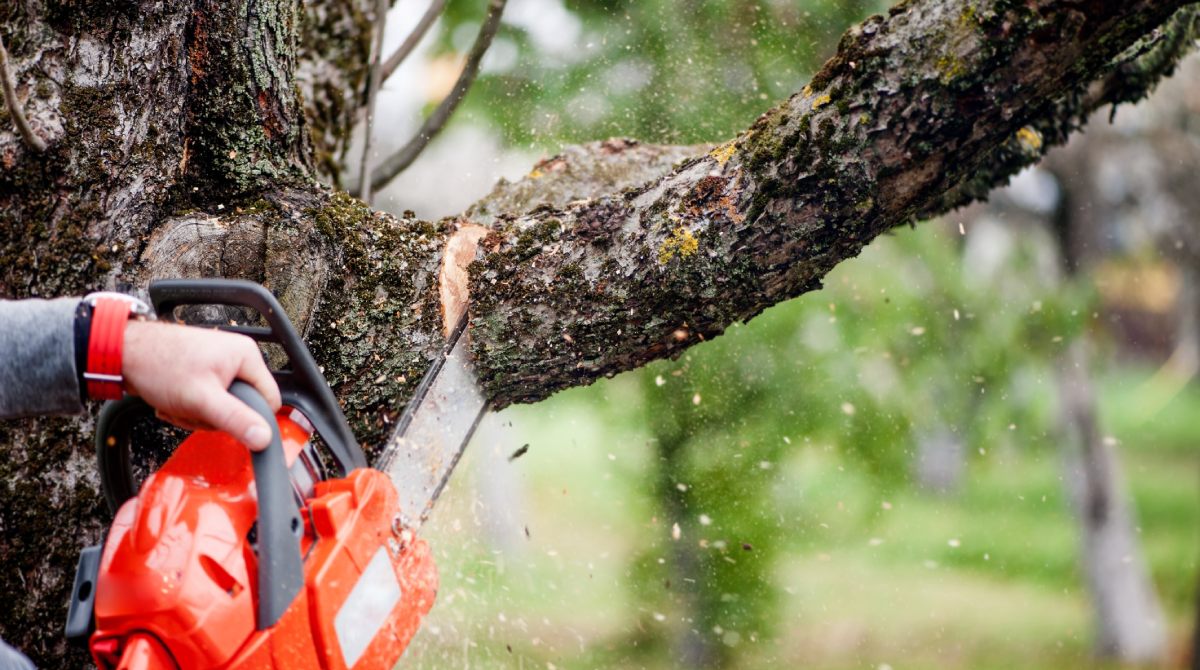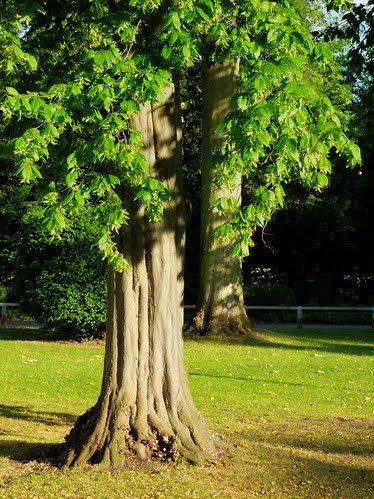
Date February 21, 2025
Category
Introduction
Tree pruning in Plano is more than just cutting branches—it’s a science that improves tree health, enhances aesthetics, and prevents potential hazards. Whether you’re a homeowner, property manager, or business owner, proper pruning techniques ensure your trees remain strong, healthy, and visually appealing.
Plano’s diverse tree species require customized care, making it essential to follow best practices recommended by ISA Certified Arborists like TreeNewal. In this comprehensive guide, we’ll explore the benefits of pruning, when and how to prune, and why working with a certified arborist ensures the best results.

Why Tree Pruning Matters
Regular tree pruning in Plano provides numerous benefits, including:
- Enhancing Tree Health – Removes dead or diseased branches, allowing nutrients to support healthier growth.
- Improving Safety – Prevents weak branches from falling and causing damage to property or injury to people.
- Encouraging Strong Structure – Shapes young trees for stability and longevity, reducing the risk of structural failures.
- Boosting Curb Appeal – Keeps trees looking neat and well-maintained, increasing property value.
- Preventing Pest Infestations – Reduces hiding spots for insects and diseases that could threaten tree health.
By implementing proper pruning techniques, trees can thrive in Plano’s climate and withstand environmental stressors such as storms, drought, and high winds.
When to Prune Trees in Plano
Understanding the best time to prune is essential for achieving optimal tree health. Different species and pruning goals determine the ideal schedule.
1. Winter Pruning (Dormant Season – Late Fall to Early Spring)
- Ideal for most tree species, as trees are less susceptible to stress.
- Encourages vigorous spring growth.
- Easier to assess tree structure when leaves have fallen.
2. Spring Pruning (Post-Bloom Period – Mid to Late Spring)
- Best for flowering trees that bloom in early spring.
- Prune after flowers fade to prevent cutting off next season’s buds.
3. Summer Pruning (Active Growth Season – Early to Mid-Summer)
- Helps control fast-growing species by slowing their expansion.
- Ideal for corrective pruning when dealing with structural issues.
4. Fall Pruning (Late Growing Season – Avoid Major Cuts)
- Avoid heavy pruning in fall, as trees are preparing for dormancy.
- Light trimming for aesthetics and minor deadwood removal is acceptable.
Plano’s ISA Certified Arborists recommend pruning schedules tailored to specific tree species to minimize stress and maximize health.
Best Pruning Techniques Recommended by ISA Certified Arborists
Pruning requires precision and expertise to avoid harming the tree. The following techniques ensure proper cuts while promoting tree vitality.
1. Crown Thinning
Selectively removes small branches to increase light penetration and airflow.
Helps reduce the weight of the tree canopy without altering the tree’s natural shape.
Recommended for species prone to dense growth, such as live oaks and red maples.
2. Crown Cleaning
Focuses on removing dead, diseased, or weak branches.
Prevents decay and reduces the risk of falling limbs.
Essential for mature trees to maintain health and longevity.
3. Crown Raising
Elevates the lower branches to provide clearance for walkways, buildings, and vehicles.
Ideal for street trees, commercial landscapes, and properties with restricted space.
4. Crown Reduction
Reduces the overall size of the tree canopy while preserving natural shape.
Useful for trees near power lines or structures where height reduction is necessary.
Requires expert knowledge to avoid excessive stress on the tree.
5. Structural Pruning for Young Trees
Guides young trees into a strong, stable structure.
Encourages proper branch spacing and eliminates weak attachments.
Prevents costly corrective pruning in the future.
Each technique is carefully selected based on the tree’s age, species, and growth patterns to ensure optimal results.
Common Pruning Mistakes to Avoid
Improper pruning in Plano can cause irreversible damage to trees. Homeowners and property managers should avoid these common mistakes:
1. Over-Pruning or “Topping”
- Cutting too much foliage weakens trees and disrupts nutrient flow.
- Leads to excessive sprouting, increasing maintenance costs.
- Causes long-term structural instability and decay.
2. Improper Cuts
- Cutting too close to the trunk removes protective bark, leading to infection.
- Leaving stubs prevents proper healing, inviting pests and disease.
- Always use sharp, clean tools to make precise cuts at branch collars.
3. Pruning at the Wrong Time
- Cutting at the wrong season can stress trees or remove crucial flower buds.
- Consult with an ISA Certified Arborist to determine the best timing for your trees.
4. Ignoring Safety Precautions
- Attempting to prune large trees without proper equipment can result in injury.
- Using untrained personnel for tree trimming can lead to property damage.
- Professional arborists follow OSHA safety standards to ensure secure pruning.
Avoiding these mistakes ensures trees remain strong, healthy, and structurally sound for years to come.
Why Hire an ISA Certified Arborist for Tree Pruning in Plano?
Hiring a certified arborist guarantees expert care and proper pruning techniques. These professionals bring specialized training and experience to every tree care project.
1. Expert Knowledge in Tree Biology
- Arborists understand the unique needs of Plano’s tree species.
- They assess tree health and recommend the best pruning approach.
2. Proper Equipment & Safety Measures
- Certified professionals use high-quality tools and protective gear.
- They adhere to safety standards to minimize risks during tree work.
3. Preservation of Tree Health
- Arborists make strategic cuts that encourage growth without over-stressing trees.
- They prevent damage by avoiding excessive branch removal.
4. Legal Compliance & Permits
- Plano has specific regulations for tree pruning and removal.
- Arborists ensure all work meets municipal guidelines and environmental standards.
5. Long-Term Cost Savings
- Professional pruning reduces the need for emergency removals.
- Preventative care prolongs tree life and lowers maintenance expenses.
Choosing an ISA Certified Arborist for tree pruning in Plano guarantees expert-level care that benefits both trees and property owners.
Tree Pruning & Maintenance Checklist for Plano Residents
For optimal tree health, follow this maintenance plan recommended by Plano’s ISA Certified Arborists:
✔ Schedule annual tree inspections to assess growth and potential issues.
✔ Prune trees during their optimal season to promote healthy development.
✔ Remove dead, weak, or diseased branches to prevent future problems.
✔ Keep trees structurally balanced by shaping young trees properly.
✔ Hire professional arborists for large or hazardous pruning tasks.
By following these best practices, Plano residents can maintain vibrant and structurally sound trees throughout the year.
Conclusion: Invest in Professional Tree Pruning for Healthy, Beautiful Trees
Proper pruning in Plano is essential for maintaining tree health, safety, and aesthetics. By following best practices and avoiding common mistakes, property owners can enhance their landscapes while preventing costly issues.
For optimal results, trust ISA Certified Arborists who understand Plano’s diverse tree species and employ scientifically backed pruning techniques. Whether you need routine maintenance or specialized pruning services, professional tree care ensures long-term benefits for both trees and property values.
Ready to Give Your Trees the Best Care?
Schedule an expert tree pruning consultation today and invest in the long-term health of your trees!
